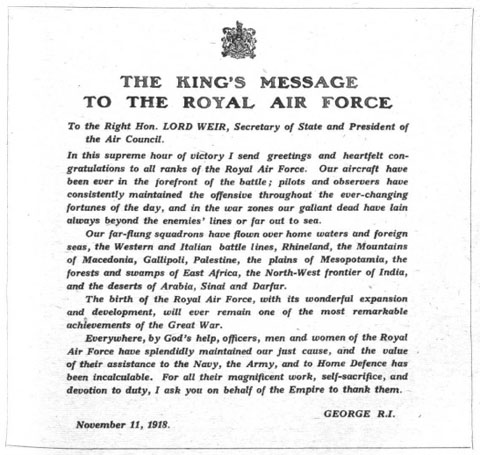This post is 100% link-free
I’ve just noticed this odd condition for the use of the Imperial War Museum’s collections website: Links to our website may only be included in other websites with our prior written permission. Source: http, followed by a colon, then two forward slashes, then www, a dot, iwmcollections, another dot, org, a third dot, uk, another […]


